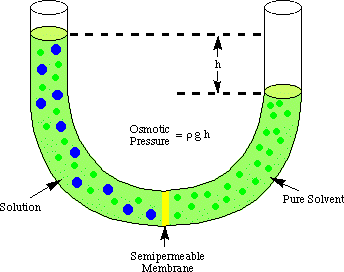Hey Spurr
I could use a little clarification re: alkalinity buffering. Looking at the article from D. Fernadez that you linked http://scienceinhydroponics.com/200...your-hydroponic-nutrient-solution-stable.html
It appears from the graph that the carbonate provides buffering "towards basic pH values" (yellow line); however in your text concerning the addition of K2CO3 (in your writing about Brun-Water) you state it's purpose is to "hinder acidic pH swings", and citric acid is used because it is a "good buffer to higher basic pH swings"...however, comparing the blue line (citric acid alone) and yellow in the graph shows that the carbonate/citric acid combination is better to prevent swings upward in pH, suggesting that the alkalinity contributed from the carbonate is what is buffering the pH from rising. Any insight you can provide here is appreciated, as my problem is chasing an ever rising pH, and I'm trying to determine if re-mineralizing my RO water will help matters.
Daniel was referring to carbonate buffering against pH drops, i.e., it buffers "toward" basic pH value. And the opposite is true for citric acid. You could post a message to Daniel on his blog to make sure I'm correct in how I am representing his claims, but sadly he told me he's not responding to anyone any longer re HydroBuddy, and he's not working anymore on Hydrbuddy until next summer, if even then.
When you use citrate (citric acid) and carbonate as a pH buffering "system" they work in a synergistic fashion. Alkalinity (can strongly) increase pH if it's much over 100 ppm, esp. if the alkalinity starts low*, it doesn't buffer against increasing pH, it buffers against decreasing pH.
* To find the increase in pH from X ppm alkalinity (as HCO3 or CaCO3) addition to Y ppm alkalinity in staring solution use the following equation. Any scientific calculator can do this math easily, just press the "log" button, enter the ppm values with a divisor "/" between them, and then press the ")" button; finally press "ENTER". I use a Texas Instrument "TI-83 Plus" scientific calculator:
log(starting alkalinity ppm/final alkalinity ppm)
log(starting alkalinity ppm/final alkalinity ppm)
Also, can you give more detail about how the addition of 0.096 g/L of K2CO3 results in the 71ppm of CaCO3? What would be the equivalent calculation if using CaCO3 to provide alkalinity?
thanks for the great information and thread
I assume 5 ppm CaCO3 in RO water because according to Bill Agro(sp?) average CaCO3 for RO water is < 10 ppm. Then I add the 71 ppm CaCO3 contributed from 0.096 g/L K2CO3, for a total of 76 ppm CaCO3. I will have to get back to you on the math for using CaCO3 instead of K2CO3, you would use close to the same quantity as K2CO3 fwiw ...
Last edited:









